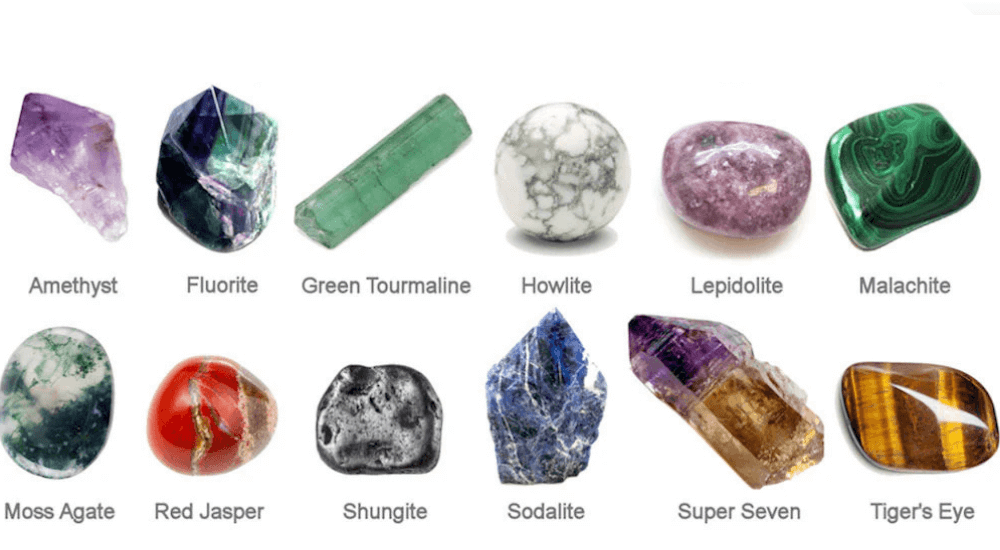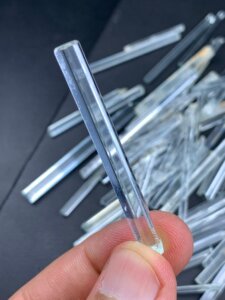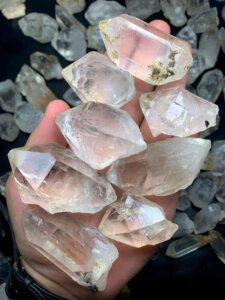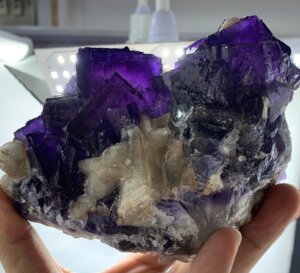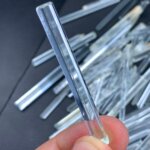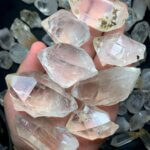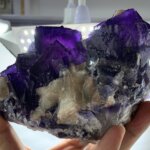Introduction
Mineral collecting is more than just a hobby—it’s a passion that connects people with Earth’s natural treasures. From sparkling tourmaline crystals to rare aquamarine and delicate kunzite, mineral specimens for collectors hold both scientific and aesthetic value. In the USA, mineral collecting has grown in popularity, with enthusiasts ranging from casual hobbyists to serious investors.
If you’re looking to expand your collection or explore the world of natural crystals, this guide will help you understand which mineral specimens to buy, what makes them valuable, and how to preserve their beauty for years to come.
What Are Mineral Specimens?
A mineral specimen is a naturally formed crystal or rock that displays unique features such as color, structure, or rarity. Unlike polished gemstones used in jewelry, mineral specimens are typically left in their raw, natural state. Collectors value them for:
- Aesthetic beauty (vivid colors, unique formations).
- Rarity and origin (some mines produce limited, world-famous crystals).
- Scientific significance (geological and educational value).
- Investment potential (rare specimens appreciate in value over time).
Popular Types of Mineral Specimens for Collectors
Here are some of the most sought-after specimens in the USA:
- Tourmaline Specimens – Known for their wide color range, including green, pink, and Paraíba blue.
- Aquamarine Specimens – Sky-blue crystals admired for clarity and brilliance.
- Fluorite Specimens – Famous for their fluorescent glow under UV light.
- Kunzite Specimens – Delicate violet-pink crystals valued for their size and beauty.
- Quartz Varieties – Amethyst, smoky quartz, and citrine are timeless favorites.
- Emerald Specimens – Rare and highly prized green beryl crystals.
💡 Collectors often prefer to build themed collections (e.g., “blue minerals,” “Afghanistan minerals,” or “fluorescent minerals”).
Factors That Make Mineral Specimens Valuable
When choosing mineral specimens, keep these key factors in mind:
- Color Intensity – Strong, vivid colors are more desirable.
- Crystal Size – Larger specimens often command higher prices.
- Clarity & Transparency – Transparent, inclusion-free specimens are rare.
- Formation & Termination – Well-shaped crystals with perfect terminations are highly collectible.
- Origin – Certain localities (e.g., Afghanistan, Brazil, California, Pakistan) produce world-famous specimens.
Where to Buy Mineral Specimens in the USA
Finding authentic specimens is crucial. Some trusted sources include:
- Online Mineral Shops – Reliable sellers like Luminex Specimen provide genuine crystals with worldwide shipping.
- Gem & Mineral Shows – Events like the Tucson Gem Show attract global dealers.
- Rock Shops & Museums – Good for beginner collectors exploring entry-level specimens.
- Direct from Dealers – Serious collectors often source directly from miners and exporters.
💡 Always check for authenticity certificates, especially for high-value minerals.
Tips for Collectors in the USA
To build a successful collection:
- Start with affordable specimens and gradually move to rarer ones.
- Research mineral properties to understand rarity and demand.
- Invest in quality display cases with lighting that enhances natural beauty.
- Join collector communities in the USA for networking and learning.
- Think long-term—rare specimens can appreciate in value, making them investments.
Caring for Mineral Specimens
Proper care ensures your specimens remain stunning:
- Keep away from direct sunlight (kunzite and fluorite can fade).
- Store softer minerals separately to avoid scratches.
- Clean gently with a soft brush and mild soap solution.
- Avoid harsh chemicals, ultrasonic, or steam cleaners.
FAQs About Mineral Specimens
Q1: Are mineral specimens expensive?
A: Prices range widely. Beginner specimens start at $20–$50, while rare crystals can cost thousands.
Q2: Can mineral specimens be used in jewelry?
A: Some can, but collectors typically preserve them in their natural state.
Q3: Are mineral specimens a good investment?
A: Yes, especially rare or locality-specific crystals. Many increase in value over time.
Q4: What’s the best mineral specimen for beginners?
A: Quartz and fluorite are affordable, beautiful, and widely available.
Conclusion
Mineral specimens for collectors offer a fascinating blend of natural beauty, rarity, and scientific value. Whether you’re just starting or looking to expand a serious collection, minerals like tourmaline, aquamarine, fluorite, and kunzite are excellent choices. With proper knowledge and sourcing from trusted sellers in the USA, you can build a collection that not only shines in display but also grows in value over time.
👉 Browse authentic, natural mineral specimens at Luminex Specimen and discover your next collector’s piece today.
